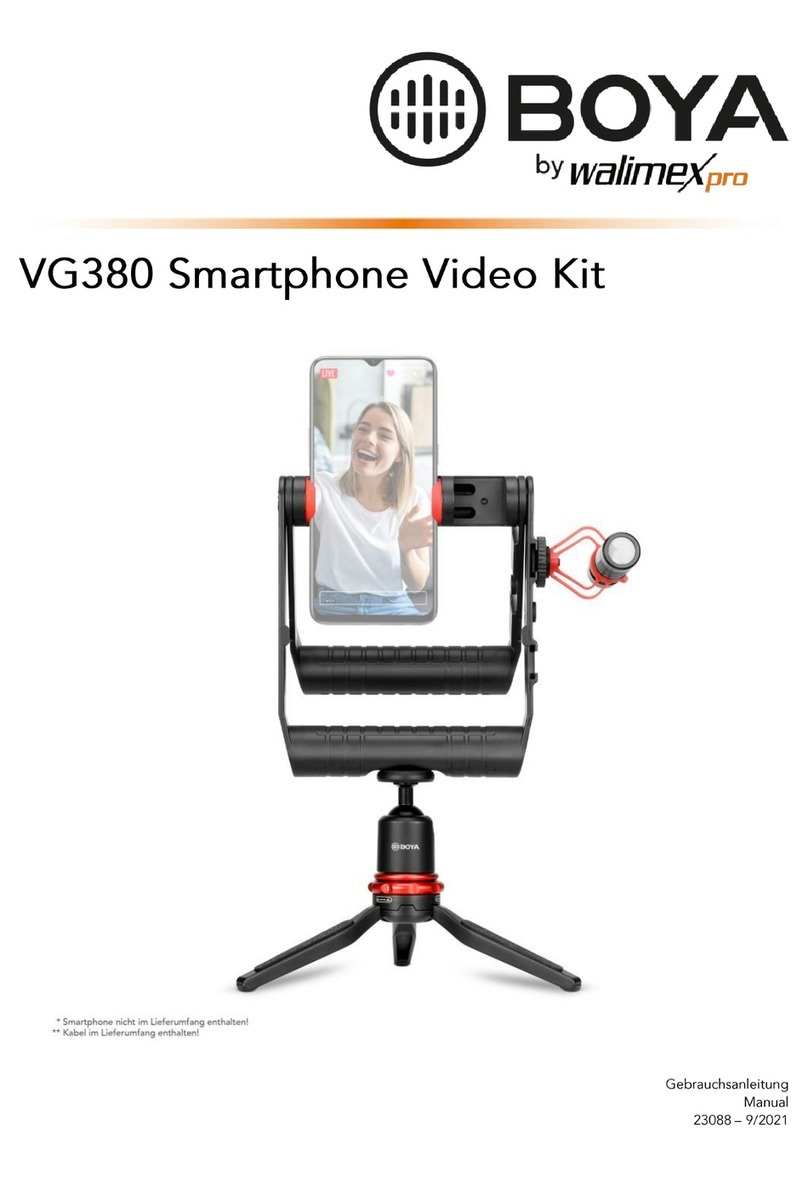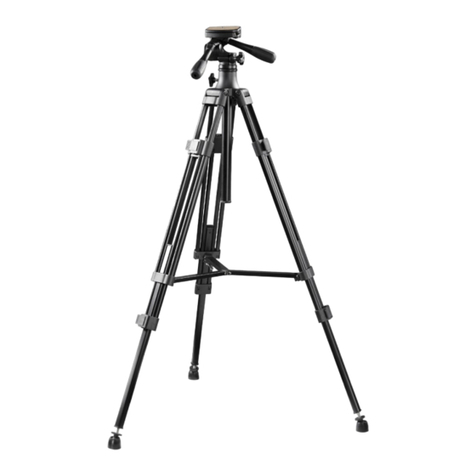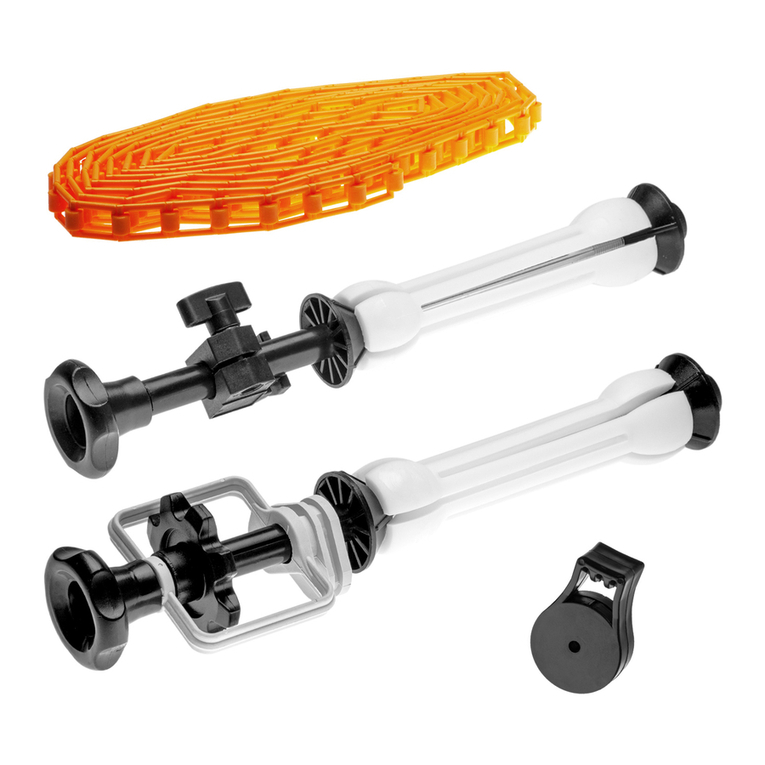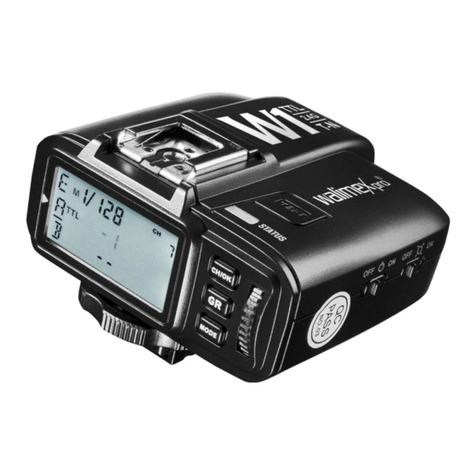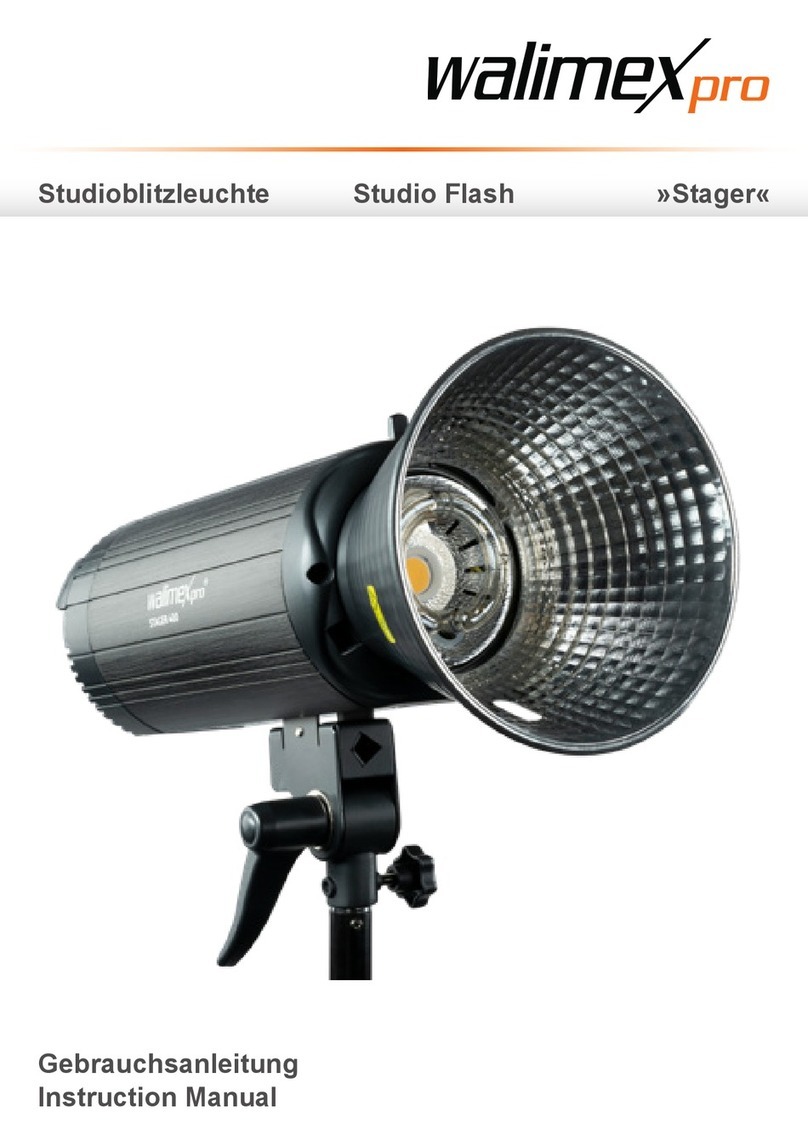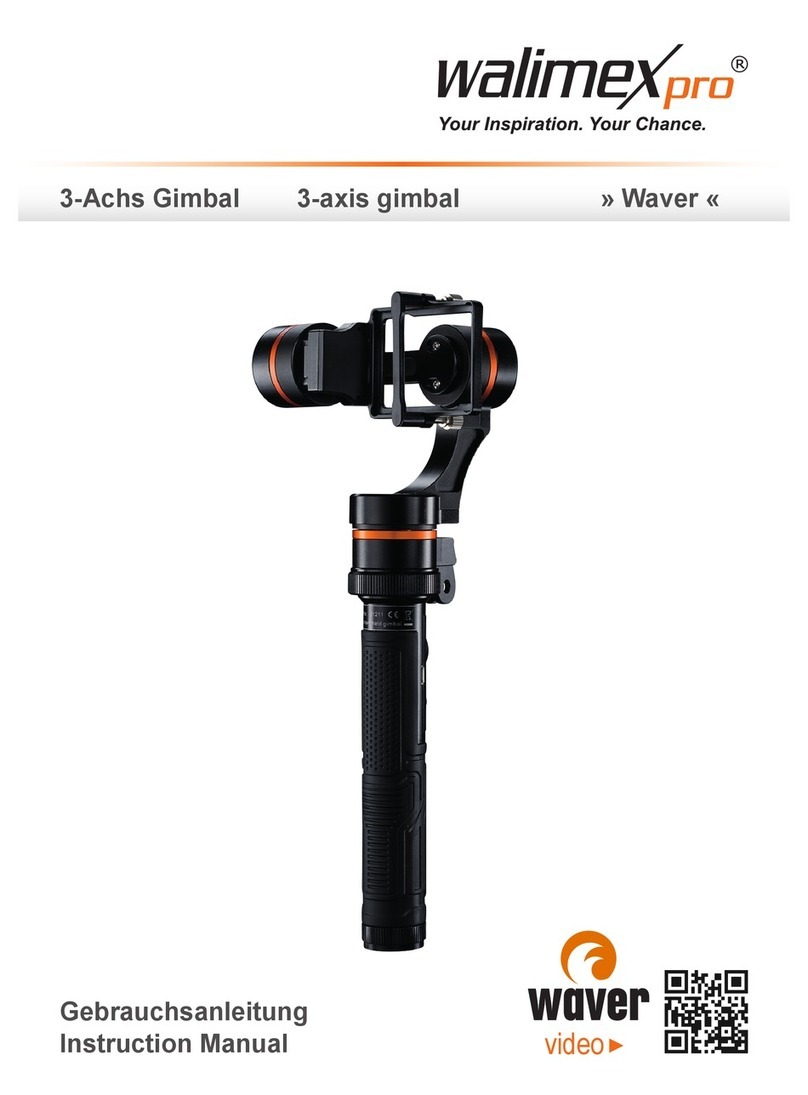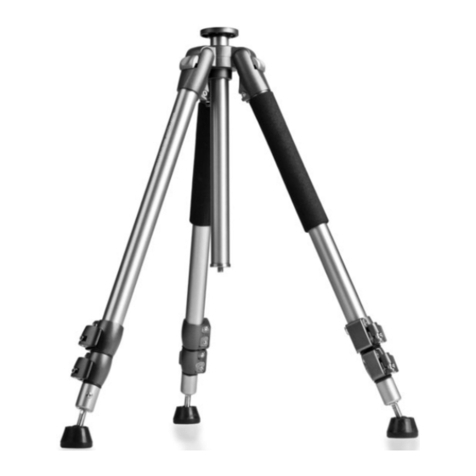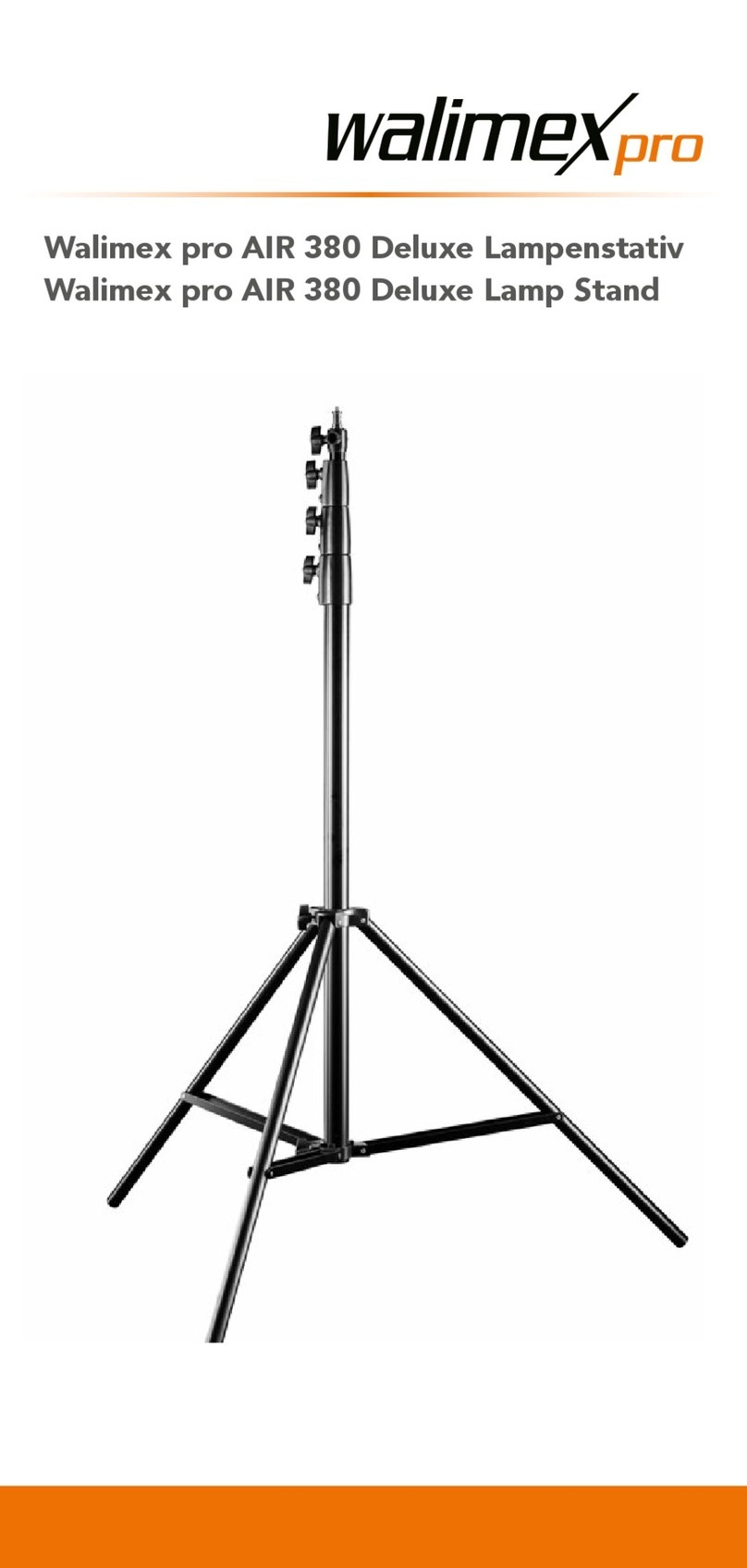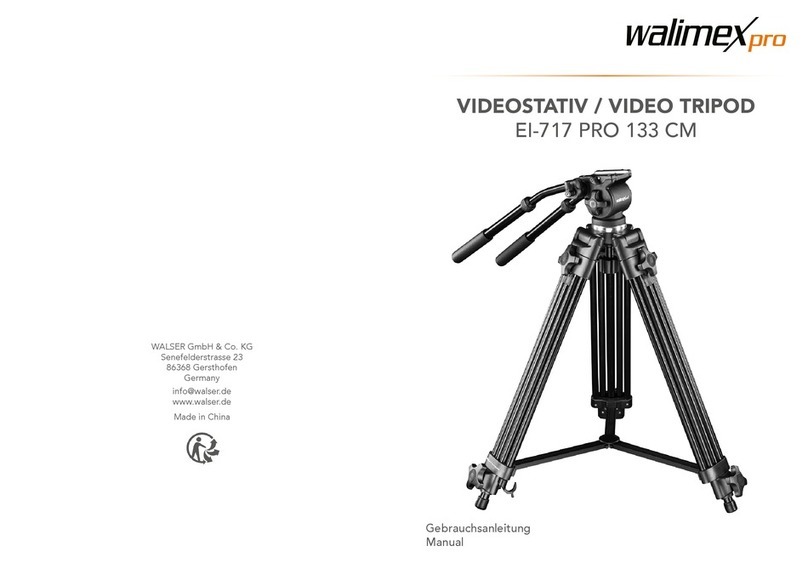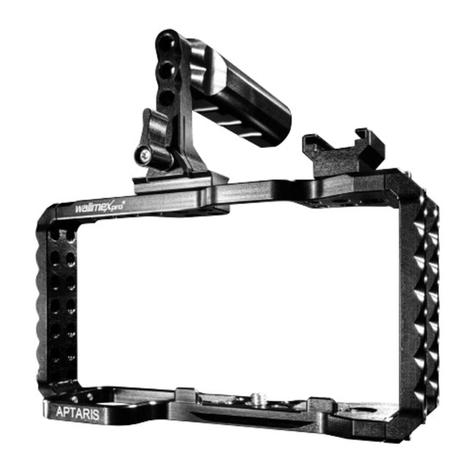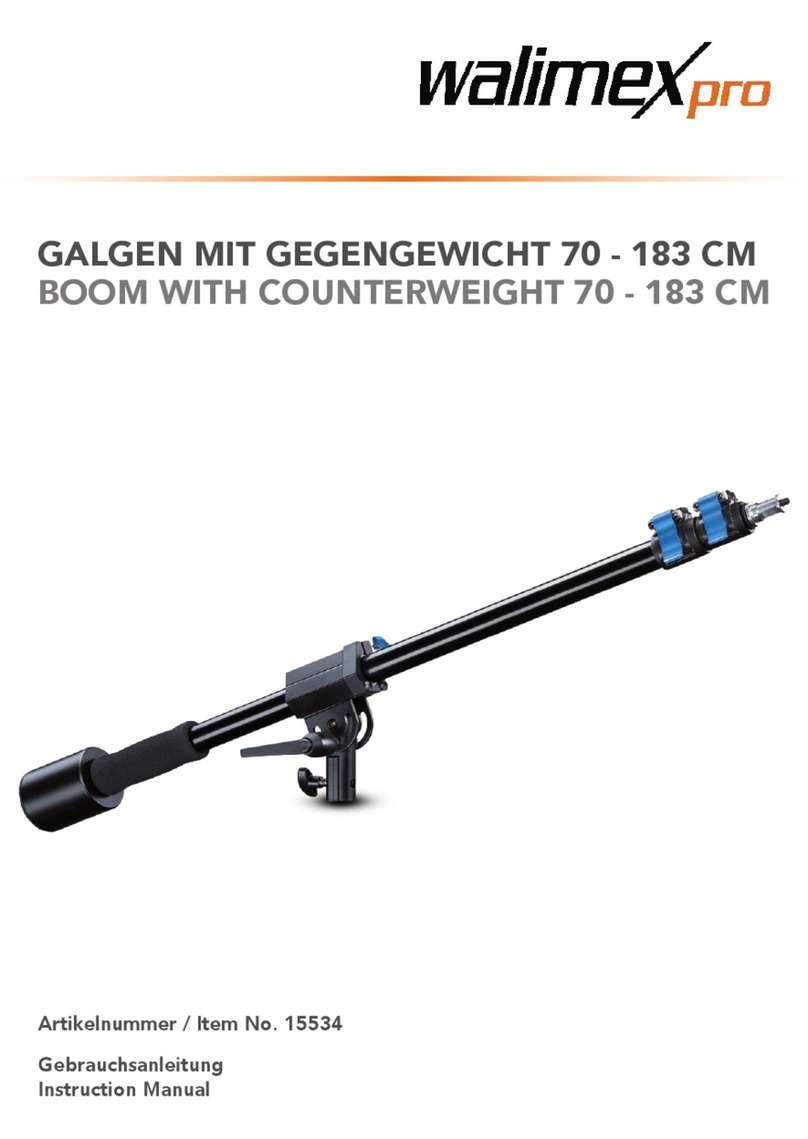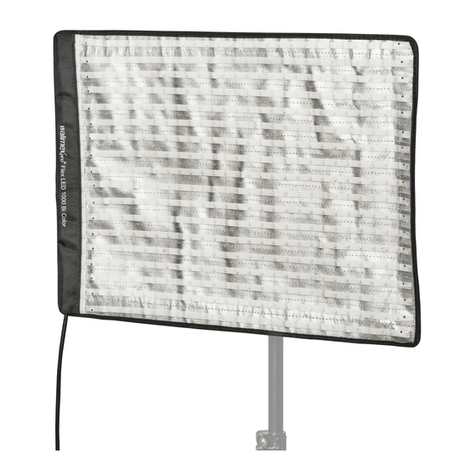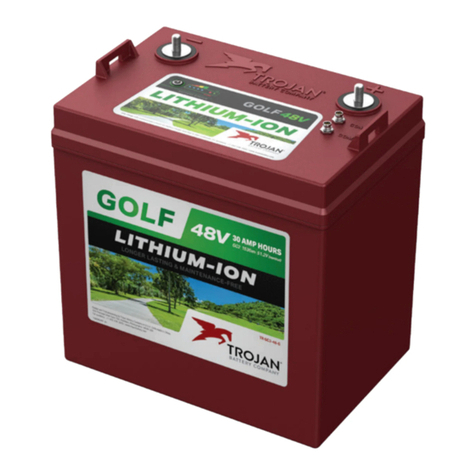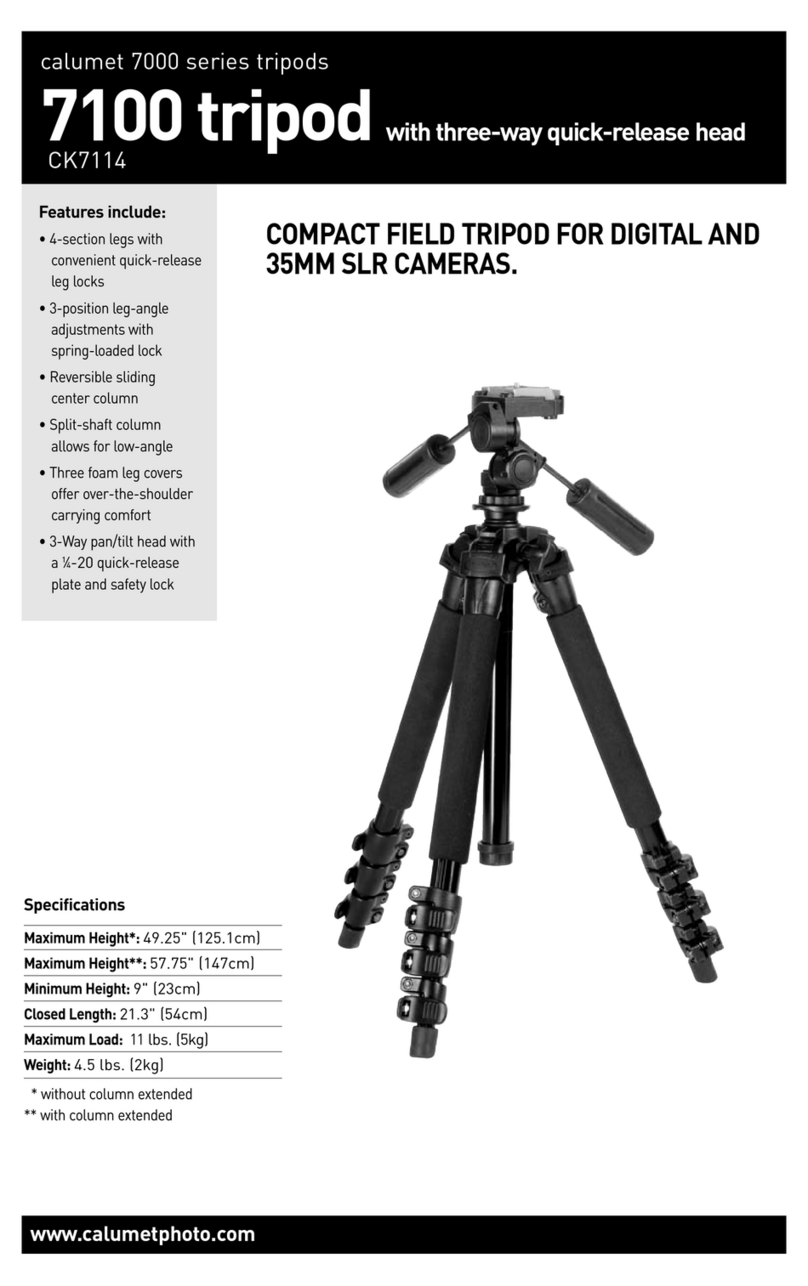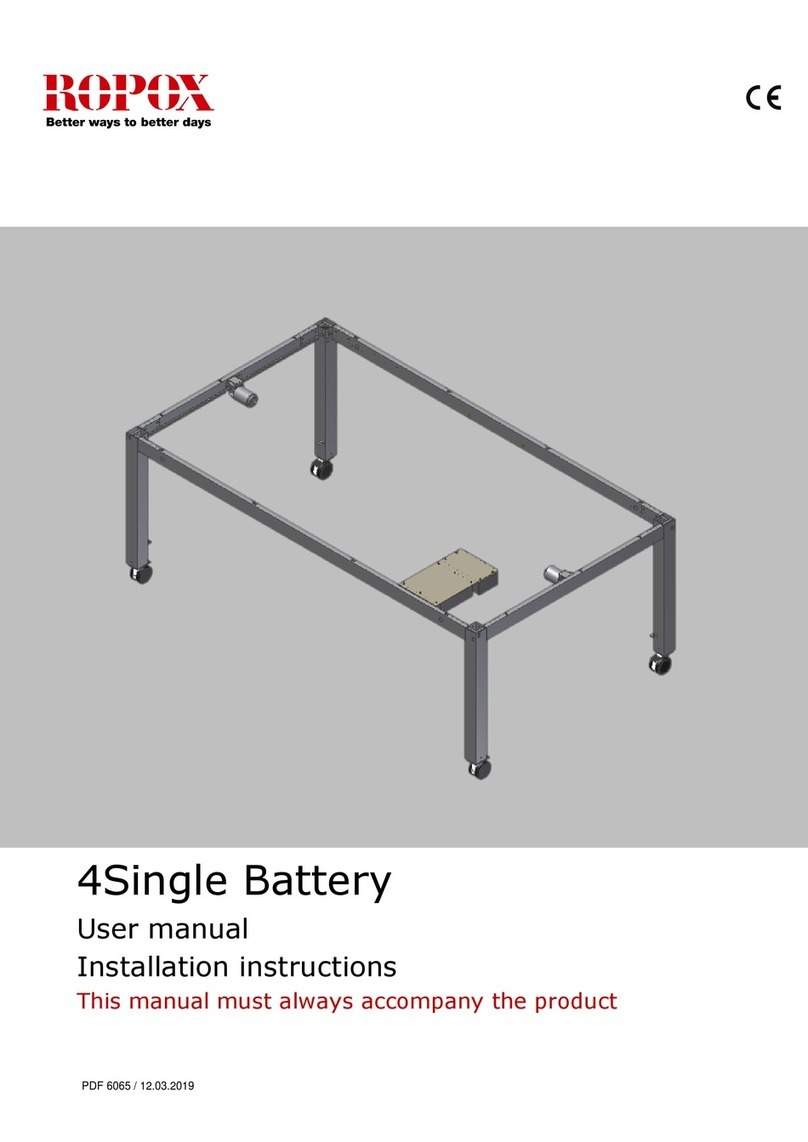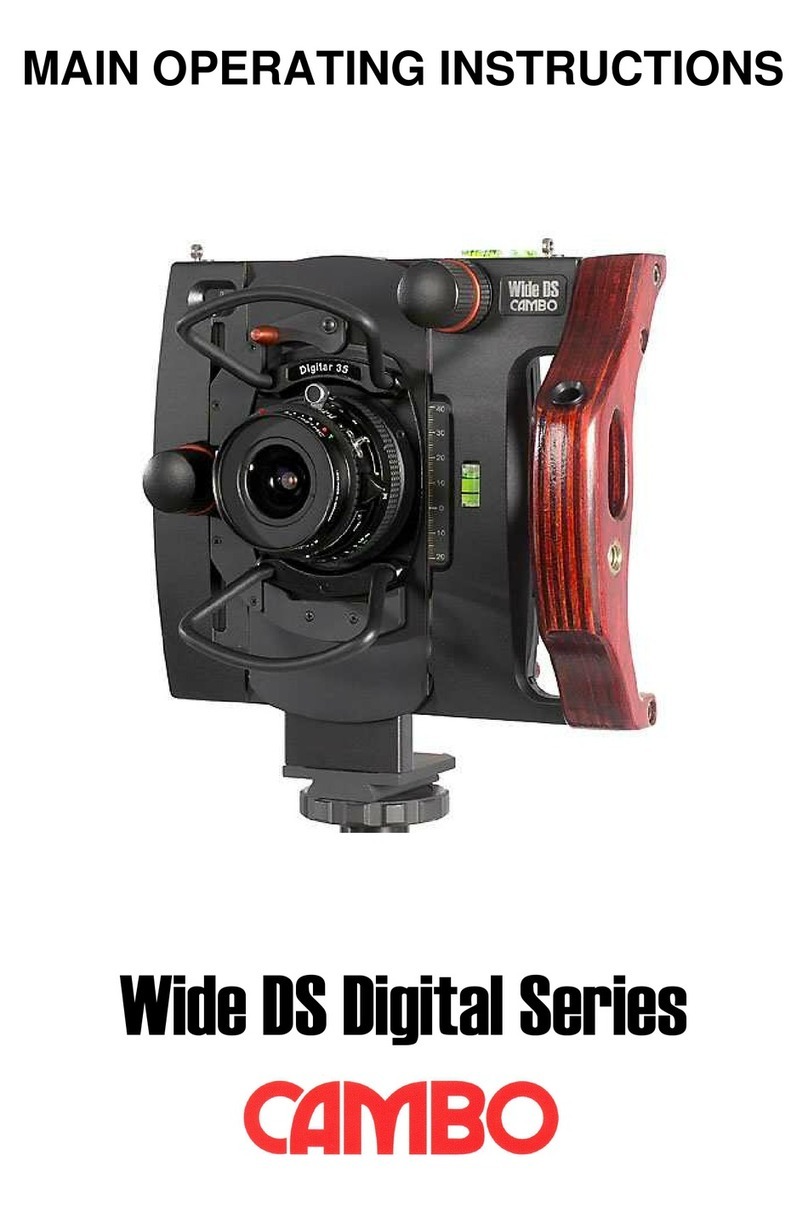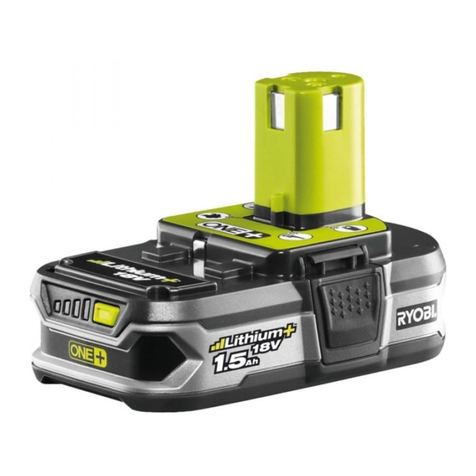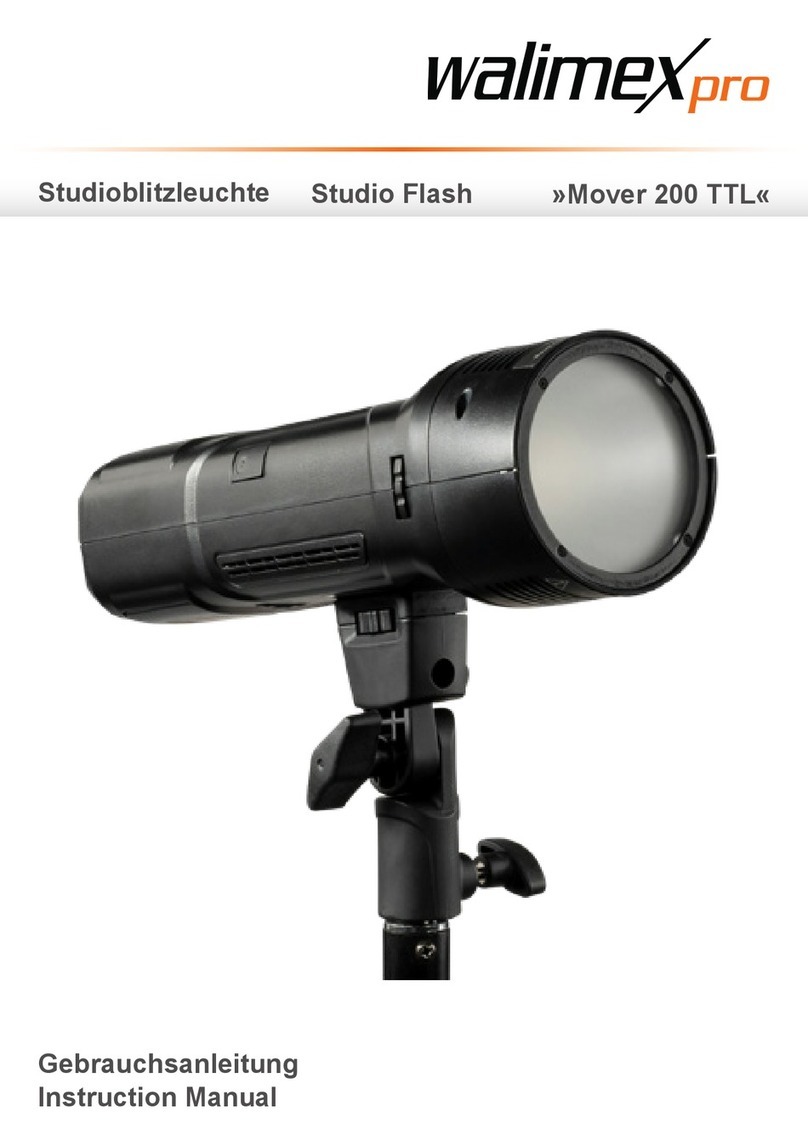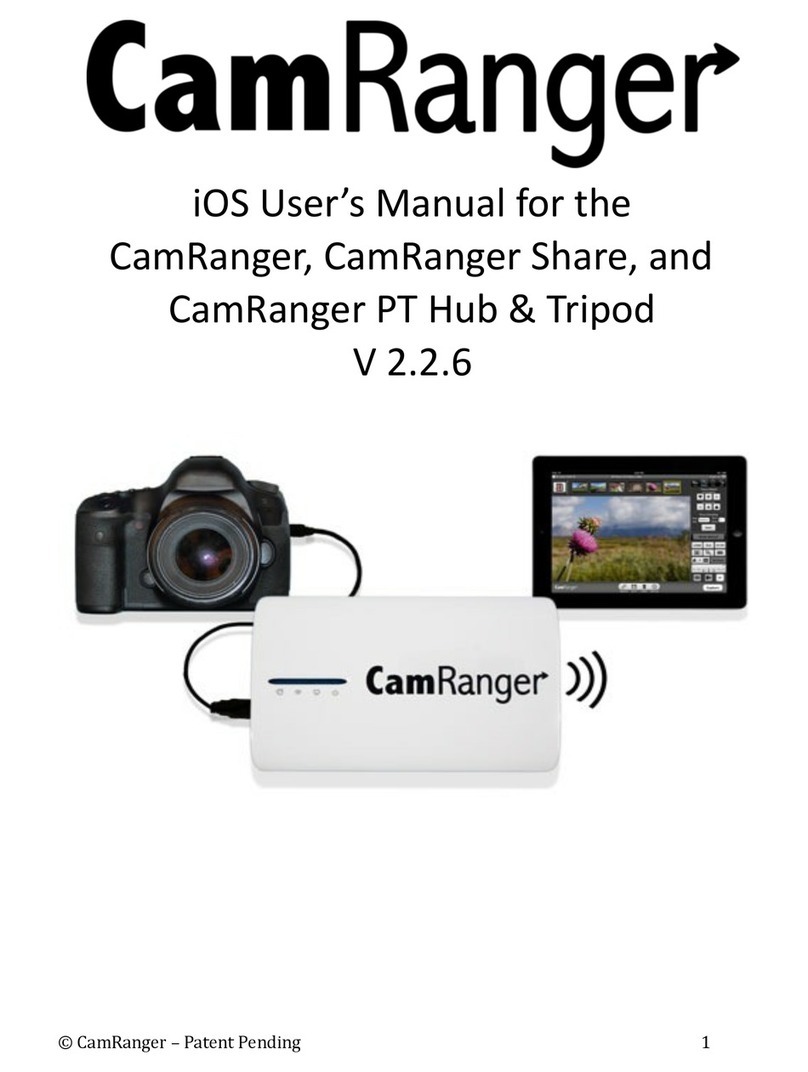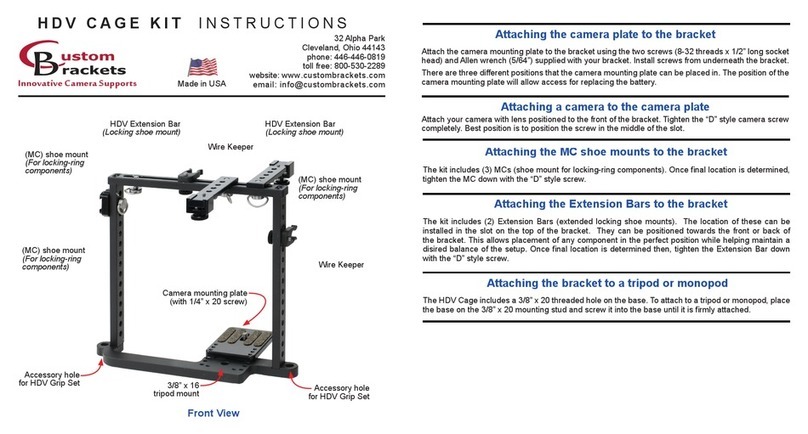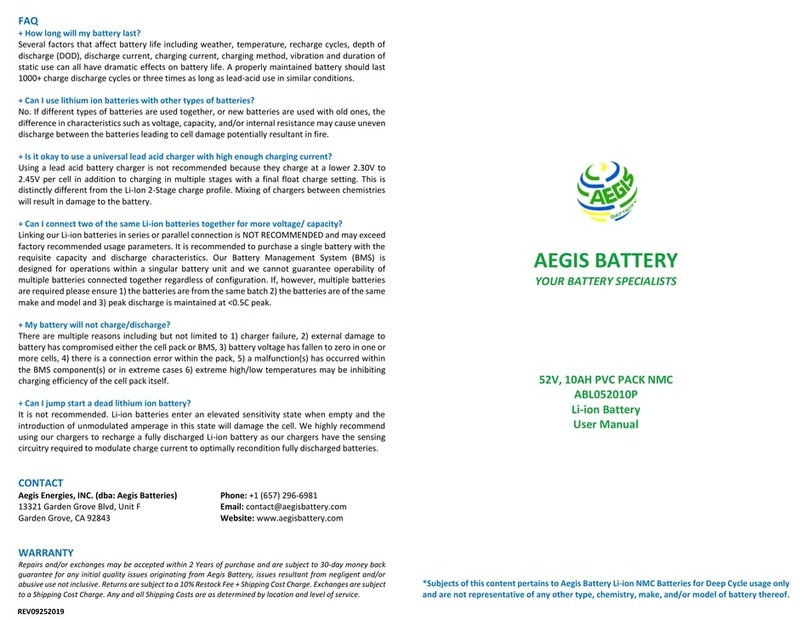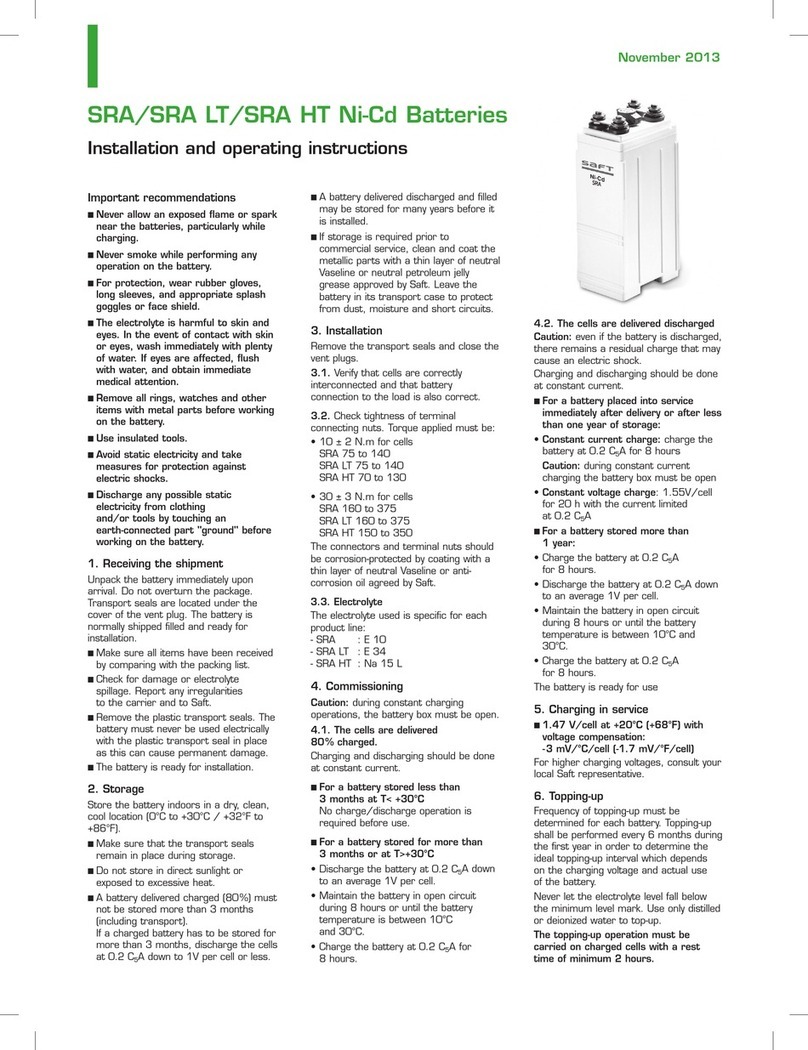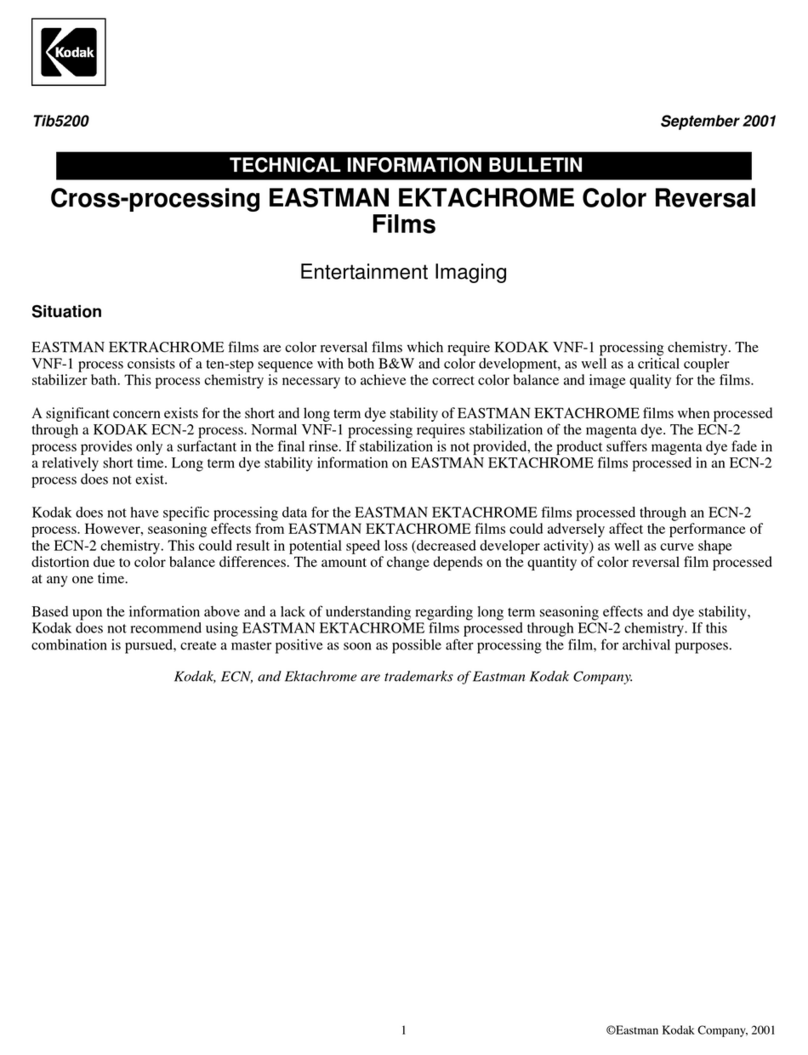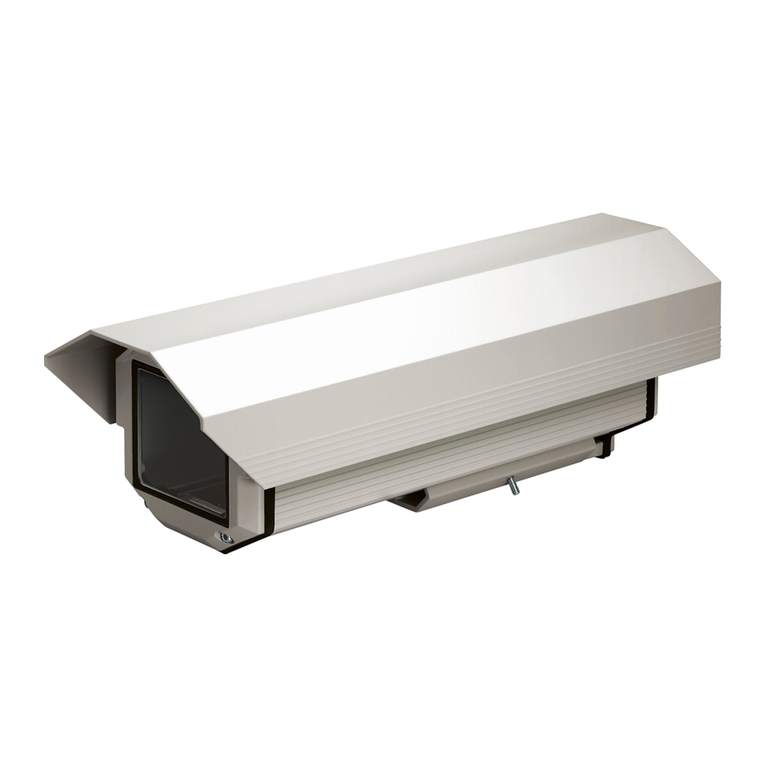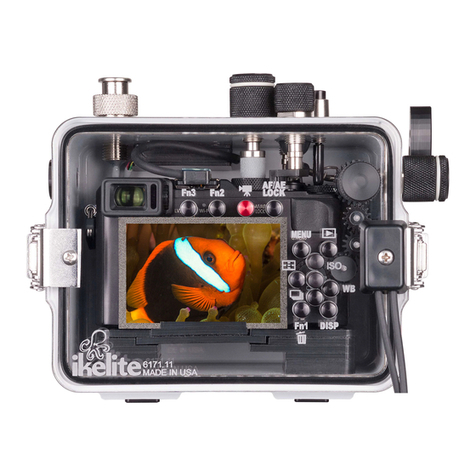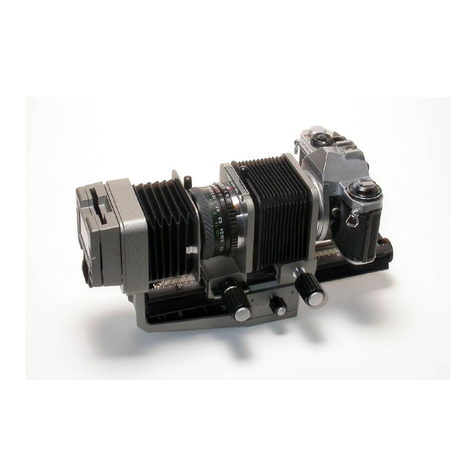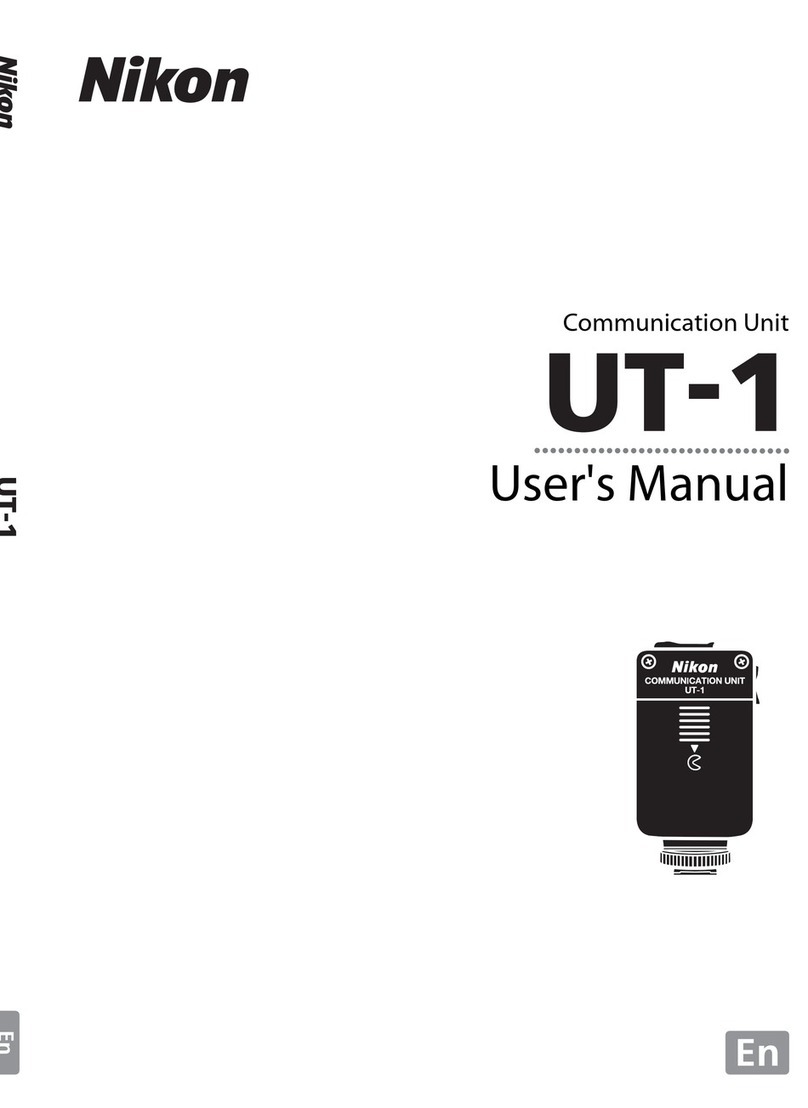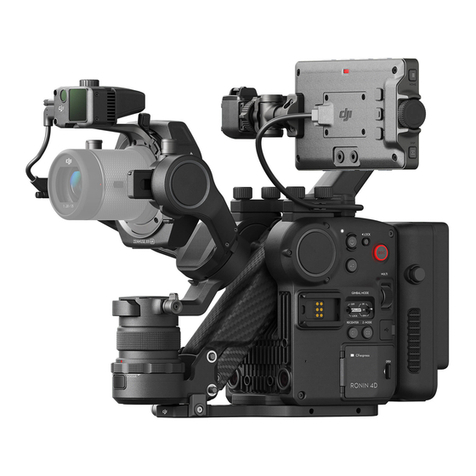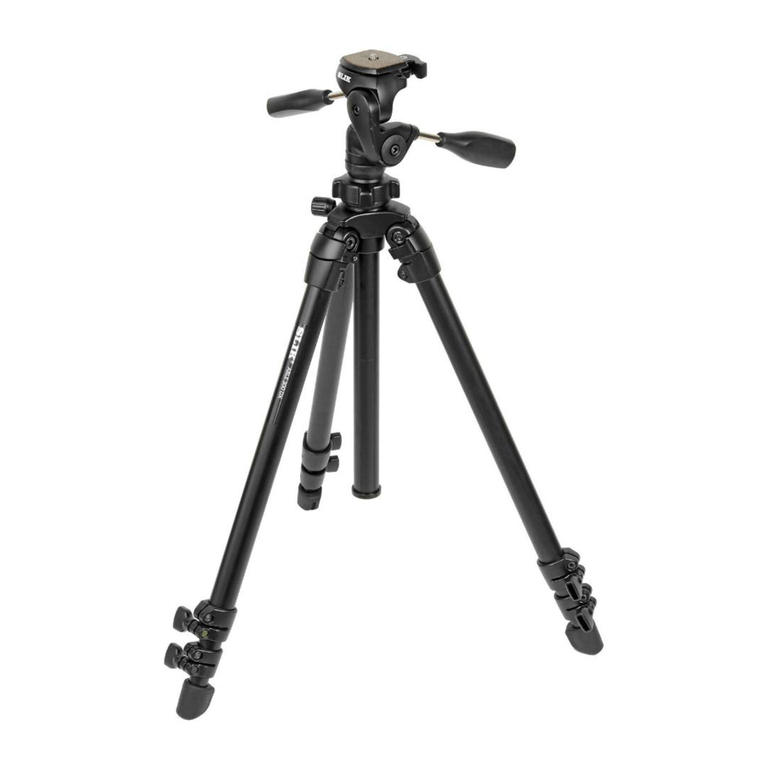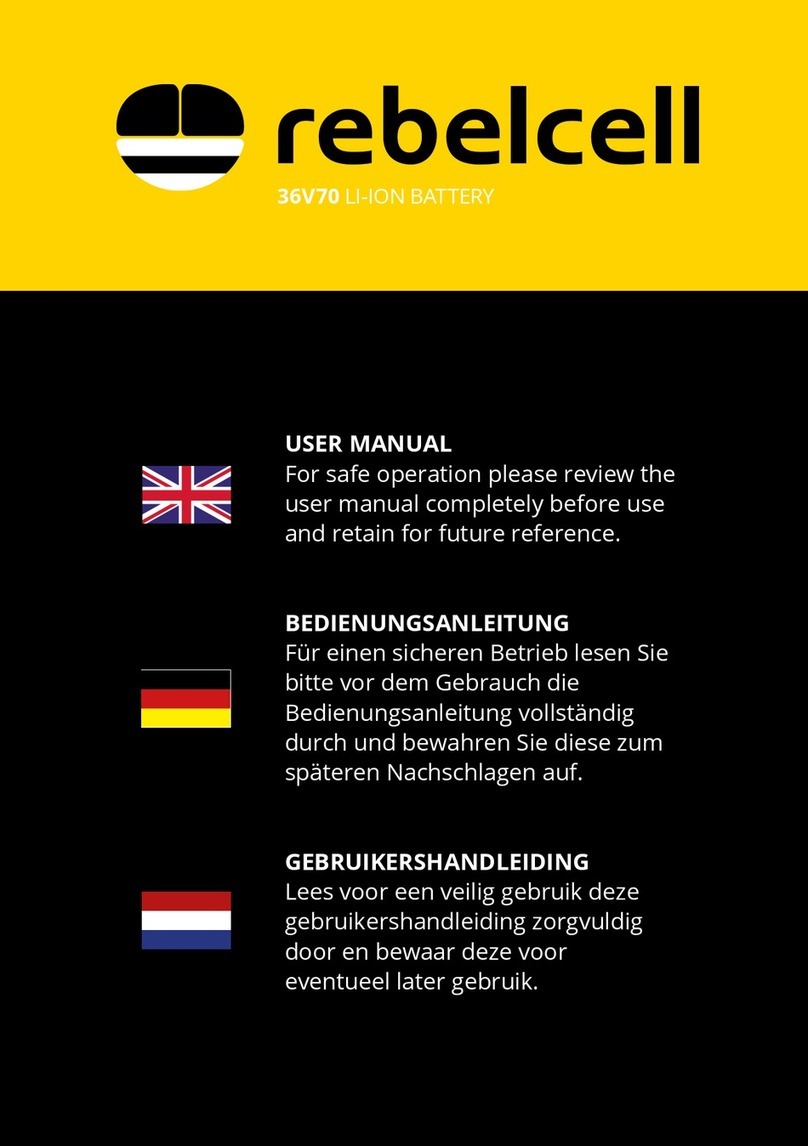cket. Insert the holder of your device from above into the tripod adapter (1) and x
GB I F D
1
7
8
9
2
3
4
EINFÜHRUNG
Das Manfrotto “NanoPole Stand” ist ein vielseitiges Stativ für den Gebrauch im Studio oder
an anderen Einsatzorten. Dank seiner Funktionen eröffnet es jedem Fotografen neue Mög-
lichkeiten und erleichtert gleichzeitig seinen Job.
Es ist gebaut, um Scheinwerfer bis 1,5 kg zu tragen. Dieses Stativ ist leicht und kompakt, um
eine maximale Transportierfähigkeit zu gewährleisten.
Im gemeinsamen Einsatz mit dem Manfrotto “Snap Tilthead” stellt es eine perfekte Lösung
für das Befestigen von Leuchten in verschiedenen Einsatzbereichen dar.
PRODUKTMERKMALE
• Leicht und kompakt, aber gleichzeitig sehr stabil.
• Schnell aufzubauen.
• Die Säule kann vom Fuß abmontiert werden. So kann die Säule einfach als tragbarer Arm
genutzt werden. (Patent angemeldet)
• Perfekt im Gebrauch an verschiedenen Einsatzorten, dank seines Hakens für Sandsäcke
und des Nivellierbeins.
TECHNISCHE MERKMALE
• Die Blockierhülsen der Säulenverlängerung sind aus Aluminiumdruckguss
• Maximale Beladung: 1,5 kg
• Aufsatz: 16 mm (5/8”) Schraube mit 3/8” oder 1/4” Gewinde
• Maximale Höhe: 1,95 m
• Maximale Höhe, wenn geschlossen: 49 cm
AUFSTELLEN
Leuchtenstative müssen immer auf einem ebenen Grund aufgestellt werden, der hinreichend
belastbar ist, um das Gewicht des Stativs samt der Beladung tragen zu können. Der Boden
sollte flach sein; andernfalls sollten Sie das verstellbare Stativbein nutzen, um die Säule auf
einer vertikalen Achse neu auszurichten
(Abb. 7)
.
ÖFFNEN DER STATIVBEINE
Lösen Sie die Feststellschraube “A”, drücken Sie die Fußhalterung “B” nach unten und
ziehen Sie die Stativbeine “C” nach außen.
Um eine maximale Stabilität zu erhalten, positionieren Sie die Beinverstrebung auf der Mar-
kierung “Max stability”, was auf der Säule geschrieben steht.
Fixieren Sie die Stativbeine durch Festziehen der Schraube “A”.
Die Stativsäule darf niemals den Boden berühren, da dies die Stabilität des Stativs
beeinträchtigen würde.
GEBRAUCH
&
Überschreiten Sie niemals die maximale Belastbarkeit (siehe Abschnitt “Technische Merkmale”).
BELADUNG: Betrachten Sie für die Anleitung zur Beladung Abb. 2 und 3
Bei Verwendung von T-Trägern sollte das Gewicht der Beladung immer ausbalanciert werden
(Abb. 3).
HÖHENVERSTELLUNG
,
&
Das Stativ verfügt über eine ausziehbare Teleskopmittelsäule.
Es werden Blockierschrauben (Abb. 4) verwendet, um die Mittelsäule in der gewünschten
Höhe zu fixieren.
Überprüfen Sie, bevor Sie das Stativ beladen, durch nach unten drücken, ob die Mittelsäule
wirklich fest fixiert ist. Dies sollten Sie regelmäßig kontrollieren (Abb. 5).
Bitte achten Sie beim Tieferstellen jedes Teleskopauszugs zu Ihrer eigenen Sicherheit darauf,
dass Sie zuerst den entsprechenden Auszug mit einer Hand festhalten (Abb. 6), bevor Sie
die Blockierschraube lockern. Sie sollten kein beladenes Stativ mit ausgezogener Mittelsäule
bewegen.
GEBRAUCH DER SÄULEN ALS TRAGBARER ARM
Um die Säule vom Fuß des Stativs zu lösen, entriegeln Sie die Feststellschraube “A”, und drü -
cken Sie den Knopf “D”. Die Stange kann nun als tragbarer Arm benutzt werden, um die Leuch -
ten über das zu beleuchtende Objekt zu halten und es seitlich oder von oben zu beleuchten.
Auch in diesem Falle sollten Sie niemals die maximale Belastbarkeit überschreiten (lesen
Sie dazu den Abschnitt “Technische Merkmale”). Um das Stativ wieder zusammenzubauen,
stecken Sie die Stange wieder in die Fußhalterung und drücken Sie sie nach unten bis Sie ein
“Klick” hören. Die Markierung “E” auf der Säule muss mit der am Fuß übereinstimmen “F”.
ZUBEHÖR
SANDSACK(Art. G100-1)
Verwenden Sie Sandsäcke, um dem Stativ mehr Stabilität zu geben. Füllen Sie diese mit
Sand oder anderen Materialien und hängen Sie diese an den am Stativ vorgesehenen Haken
am oberen Gehäuse (fig. 9) auf.
Bevor Sie das Manfrotto NanoPole Stativ benutzen, lesen Sie sorgfältig das
beigefügte Dokument “Generelle Anweisungen und Warnungen”.
1
2 3
4 5 6
8
9
INTRODUCTION
Le «NanoPole» de Manfrotto est un pied polyvalent utilisable en extérieur et en studio.
Grâce à ses fonctionnalités, il offre au photographe de nouvelles possibilités tout en facili -
tant son travail.
léger et compact, pour garantir une facilité de transport maximale.
Utilisé en association avec la rotule inclinable «Snap» de Manfrotto, il constitue une
solution
idéale pour la fixation des flashs de type cobra dans différentes applications.
AVANTAGES DU PRODUIT
• Léger et compact, tout en étant très stable.
• Mise en place rapide
• La colonne peut être détachée de la base. Ainsi, elle peut être facilement utilisée comme
une perche. (Brevet en instance).
• Idéal pour un usage sur le terrain, grâce à son crochet pour sac de lestage et à la jambe
de mise à niveau.
CARACTÉRISTIQUES TECHNIQUES
• Les bagues d’extension de la colonne sont en aluminium moulé sous pression.
•
•
•
•
INSTALLATION
Les pieds d’éclairage doivent toujours être placés sur un sol stable, capable de supporter
le poids du pied et de l’équipement qui y est monté. Le sol doit être plat. Si ce n’est pas le
cas, utilisez la jambe de mise à niveau pour réaligner la colonne sur l’axe vertical (fig. 7).
COMMENT OUVRIR LA BASE
Débloquez la molette “A”, appuyez sur la fonderie supérieure “B” et étendez les jambes
“C” vers l’extérieur.
Pour une stabilité maximale, positionnez la fonderie supérieure sur l’indication «Max stabi -
lity» inscrite sur la colonne.
Verrouillez les jambes et la base en serrant la molette “A”.
La colonne centrale ne doit jamais toucher le sol, car cela pourrait déstabiliser le
pied.
INSTRUCTIONS D’UTILISATION et
Ne jamais dépasser la capacité de charge maximale (voir la section «Caractéristiques
techniques»).
CHARGEMENT : Voir les fig. 2 et 3 pour les instructions de chargement
Lors de l’utilisation d’une barre en T, les charges doivent être équilibrées (fig. 3).
AJUSTEMENT DE LA HAUTEUR , et
Le pied est doté d’une colonne centrale télescopique pour le réglage de la hauteur.
Les molettes de serrage (fig. 4) permettent de verrouiller la position des sections.
Assurez-vous que chaque section de la colonne est fermement verrouillée en appuyant sur
le pied avant de le charger. Ce réglage doit être vérifié régulièrement (fig. 5)
Pour votre sécurité, lorsque vous abaissez chaque section télescopique de la colonne,
soutenez fermement l’équipement chargé (fig. 6) en maintenant la section correspondante
d’une main, tout en desserrant la molette.
Il est recommandé de ne pas déplacer un pied dont la colonne est relevée, avec l’équipe -
ment chargé.
UTILISATION DE LA COLONNE COMME UNE PERCHE
Pour détacher la colonne de la base du pied, desserrez la molette “A”, puis appuyez sur le
bouton “D”. La perche peut maintenant être utilisée seule, tenue en mains pour maintenir
un équipement d’éclairage au-dessus du sujet et l’éclairer depuis le côté ou le dessus.
Dans ce cas également, ne jamais dépasser la capacité de charge maximale (voir la section
«Caractéristiques techniques»). Pour refixer la perche au pied, insérez la perche dans la
base et appuyez jusqu’à ce qu’un «clic» se fasse entendre. L’indication “E” sur la colonne
doit être alignée avec la fonderie inférieure“F”.
ACCESSOIRES
SAC DE LESTAGE (Art. G100-1)
similaire et accrochez-le au crochet prévu à cet effet, situé sur la fonderie supérieure du
pied (fig. 9).
Avant de commencer à utiliser le pied NanoPole de Manfrotto, lisez attentivement le
document «Instructions générales et avertissements» fourni.
1
2 3
4 5 6
8
9
INTRODUCTION
Manfrotto “NanoPole Stand” is a versatile stand for use on location and in studio; thanks to
its features, it brings new possibilities to the photographer, while making his job easier.
Designed to support luminaries up to 1,5Kg, this stand is lightweight and compact, to
guarantee maximum portability.
When used in combination with Manfrotto “Snap Tilthead”, it represents a perfect solution
for supporting flashguns in different applications.
PRODUCT BENEFITS
• Lightweight and compact, but at the same time very stable.
• Quick to set-up
• The column can be detached from the base. In this way, the column can be used easily
as a hand-held boom. (Patent pending)
• Perfect for use in location, thanks to the hook for sandbag and the levelling leg.
TECHNICAL FEATURES
• Column extension collars are pressure die cast aluminium
• Maximum payload: 1,5 kg
• Top attachment: 16 mm (5/8”) male top stud with 3/8” or 1/4” thread
• Maximum height :1,95 m
• Maximum height when closed: 49 cm
SET UP
Lighting stands must always be set-up on firm ground, capable of supporting the weight of
both the stand and the load. The ground should be flat; in case it’s not, use the levelling leg
to realign the column on vertical axis (fig. 7).
HOW TO OPEN THE BASE
Unlock knob “A”, press upper casting “B” down and spread the legs “C” outwards.
To obtain maximum stability, position the upper casting right on the indication “Max stabil -
ity”, which you can find written on the column.
Lock the legs and base by tightening the knob “A”.
The center column must never touch the ground as this adversely effects the
stability of the stand.
OPERATING INSTRUCTIONS &
Never exceed the maximum payload (see the section “Technical Features”)
LOADING: See fig. 2 and 3 for loading instructions
When using a T bar, loads should be balanced (fig. 3).
HEIGHT ADJUSTMENT , &
The stand has a telescopic centre column for height adjustment.
Locking knobs (fig. 4) are used to secure the risers in place.
Make sure that each riser of the column is locked tightly by applying pressure down, before
loading the stand. This should be checked regularly (fig. 5)
For your own safety, when lowering each telescopic section of the column, firmly support
the load (fig. 6) by holding the relevant section with one hand, whilst unlocking the knob.
It is recommended not to move stands with raised columns and applied load.
USE OF THE COLUMN AS HAND-HELD BOOM
To detach the column from the base of the stand, unlock the knob “A”, and then press the
button “D”. The pole can now be used as hand-held boom, to hold up lighting gear over
the subject and illuminate it from side or above.
Also in this case, never exceed the maximum payload (see the section “Technical Fea -
tures”). To reassemble the stand, insert the pole back into the base and press downwards
until you hear a “click”. The indication “E” on the column must be aligned with the lower
casting “F”.
ACCESSORIES
SAND BAG (Art. G100-1)
Designed to allow more stability: Fill bags with sand or other material and position hang it
on the suitable hook, provided on the stand upper casting (fig. 9).
Before start using Manfrotto NanoPole Stand, carefully read through the document
“General Instructions and Warnings”, which you find attached.
1
2 3
4 5 6
8
9
INTRODUZIONE
Manfrotto “NanoPole Stand” è un versatile stativo da usare in location e in studio. Grazie
alle sue caratteristiche, offre nuove possibilità al fotografo mentre gli facilita il lavoro.
Progettato per sostenere lampade e flash fino a 1,5Kg, questo stativo è leggero e compat -
to, garantendo così la massima trasportabilità.
Usato insieme alla testa Manfrotto “Snap Tilthead”, rappresenta una soluzione perfetta per
il supporto di flash in applicazioni di vario genere.
VANTAGGI DEL PRODOTTO
• Leggero e compatto, ma anche molto stabile.
• Veloce da montare
• La colonna può essere staccata dalla base. In questo modo, si può usare facilmente la
colonna come asta da tenere in mano. (Brevetto in corso)
• Perfetto per l’uso in location, grazie al gancio per borsa portasabbia e alla gamba
livellabile.
CARATTERISTICHE TECNICHE
• Manicotti di estensione della colonna in alluminio pressofuso
• Portata massima: 1,5 kg
• Attacco superiore: codolo maschio da 16 mm (5/8”) con filettatura da 3/8” o 1/4”
• Altezza massima: 1,95 m
• Altezza massima da chiuso: 49 cm
MONTAGGIO
Gli stativi per luci vanno sempre sistemati su un piano stabile, in grado di reggere il peso
dello stativo più il carico. La superficie deve essere piana; in caso contrario, usare la gamba
livellabile per riallineare la colonna sull’asse verticale (fig. 7).
COME APRIRE LA BASE
Sbloccare la manopola “A”, premere sulla crociera superiore “B” verso il basso e allargare
le gambe “C” verso l’esterno.
Per ottenere la massima stabilità, posizionare la crociera superiore sull’indicazione “Max
stability”, riportata sulla colonna.
Bloccare le gambe e la base chiudendo la manopola “A”.
La colonna centrale non deve mai toccare il suolo, poiché questo compromettereb -
be la stabilità dello stativo.
ISTRUZIONI PER L’USO E
Non superare mai la portata massima (verificare le “Caratteristiche tecniche”)
CARICO: Vedere fig. 2 e 3 per le istruzioni sull’applicazione del carico
Usando una barra a T, i carichi devono risultare bilanciati (fig. 3).
REGOLAZIONE DELL’ALTEZZA , E
Lo stativo dispone di colonna centrale telescopica per la regolazione dell’altezza.
Le manopole di bloccaggio (fig. 4) permettono di fermare i montanti nelle posizioni deside -
rate.
Prima di applicare il carico sullo stativo, accertarsi che ciascun montante della colonna sia
ben fermo applicando un’adeguata pressione verso il basso. Questa verifica va ripetuta
regolarmente (fig. 5)
Per la vostra sicurezza, nell’abbassare ciascuna sezione telescopica della colonna occorre
sostenere il carico (fig. 6) tenendo con una mano la relativa sezione mentre si sblocca la
manopola.
Si raccomanda di non spostare gli stativi con le colonne sollevate e i carichi applicati.
USO DELLA COLONNA COME ASTA
Per staccare la colonna dalla base dello stativo, sbloccare la manopola “A”, quindi premere
il pulsante “D”. Ora l’asta si può usare come supporto da tenere in mano, avvicinando
lampade e flash al soggetto per illuminarlo da sopra o dal lato.
Anche in questo caso, non superare mai la portata massima (verificare alla sezione “Ca-
ratteristiche tecniche”). Per riassemblare lo stativo, reinserire l’asta nella base e premere
verso il basso fino a sentire uno “scatto”. L’indicazione “E” sulla colonna va allineata con la
crociera inferiore “F”.
ACCESSORI
BORSA PORTASABBIA (Art. G100-1)
Progettata per aumentare la stabilità: Riempire la borsa con sabbia o altro materiale e
appenderla al gancio predisposto sulla crociera superiore dello stativo (fig. 9).
Prima di iniziare ad usare lo stativo Manfrotto NanoPole, leggere con attenzione il
documento “Istruzioni e avvertenze generali”, che trovate allegato.
1
2 3
4 5 6
8
9
MAX
1,5 kg
3/8”
1/4”
5 6
1
2
2
2
3
3
A
A
F
E
D
C
E
F
B1
1
PATENT
PENDING
